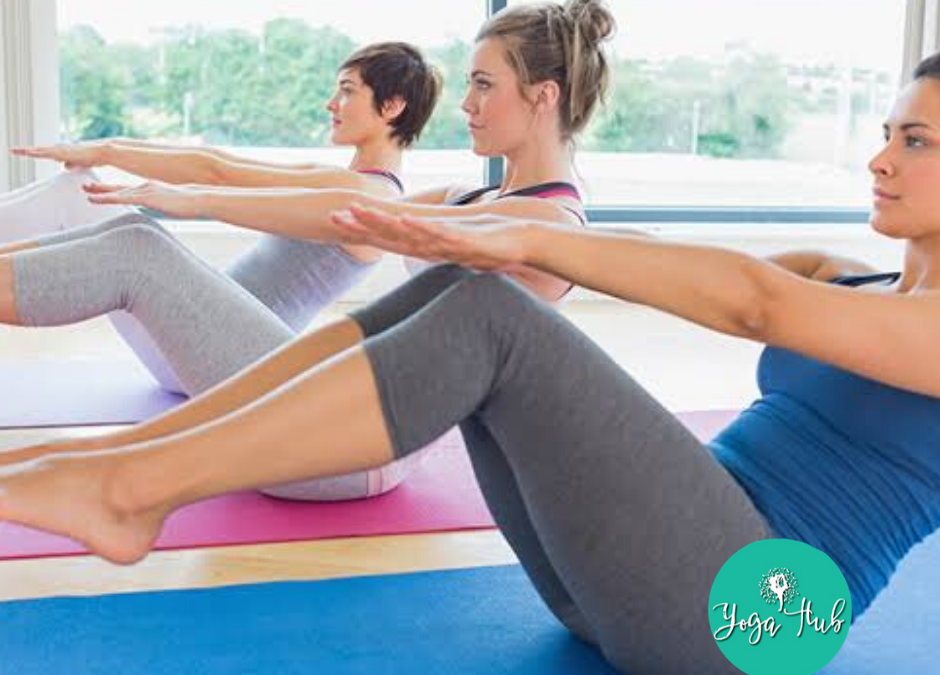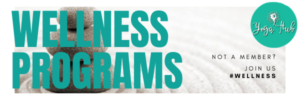What is Pilates?
Pilates is a form of low-impact exercise that aims to strengthen muscles while improving postural alignment and flexibility. Pilates moves tend to target the core, although the exercises work other areas of your body as well. You can do Pilates with or without equipment (more on that below), but no matter what, expect the moves to involve slow, precise movements and breath control. Pilates is a full-body exercise method that will help you do everything better. It strengthens and stabilizes your core, which is our bodies foundation, so that you can move efficiently while improving your posture, flexibility, and mobility. A typical Pilates workout is 45 minutes to an hour long.
1. There are two different kinds of Pilates classes: mat classes and reformer classes.
You’ll be tackling a class that’s based on either a mat, which is a tad thicker than your standard yoga mat, to cushion pressure points, or a machine called a reformer, which is a sliding platform complete with stationary foot bar, springs, and pulleys that provide resistance. Know which one you’re getting into before you commit to your workout. Both options focus on the concept of control rather than cranking out endless reps or muscle exhaustion. In Pilates, your muscles are working to lift against gravity and (in the case of the reformer) the resistance of the springs or bands, with the ultimate goal of strengthening and isolating the right muscles. Your goal should be to take your time with the exercises, focus on the task at hand, and connect to your breath. Regardless of what class you choose, make sure to let your instructor know you’re a beginner. This way, they’ll be able to keep an eye on you throughout the class and offer modifications or form adjustments.
2. There are a few other pieces of equipment to know, but they probably won’t show up in most beginner Pilates mat classes.
Many Pilates mat classes don’t require any equipment other than, yes, a mat, which is usually provided. But other classes can use different equipment in addition to the reformer. The most common pieces of equipment are the Magic Circle, a ring you often use between your legs to create resistance. Small weighted balls, resistance bands and in some cases such as our Pilates Burn class, light weights.
3. You’ll feel your muscles burn during class, and you’ll probably be sore the next day.
While you may not be crushing high-intensity exercises like squat jumps or lifting heavy dumbbells, the mostly body weight routines that Pilates classes offer can be pretty intense. Take the signature Pilates Hundred, for example. A core-focused move that involves less than two inches of constant movement will make your abs burn. A good instructor should give you modifications so that you can perform each movement with good form (another reason to introduce yourself as a beginner before class starts).
Dedicating your entire focus to even the smallest movements means that you’ll work the muscles that each exercise intends. And that means you can be dealing with muscle soreness after your workout. Don’t fret: While next-day soreness may be at a whole new level after your first week, your body will get more used to the movements with time. Being sore the next day just means you’re challenging your muscles in new ways or working muscle groups that don’t usually get much attention. Also take the time to maybe have a sauna or steam room session, as these can help with recovery.
4. Pilates works several muscle groups.
Pilates is not restricted to specific body parts, Pilates moves focus on your core and trunk, but that doesn’t just mean your abs.Although Pilates is specifically defined as exercise for the core or abdominal muscles, it is important to understand that the core includes the entire trunk, which is the abdominals, the hips, the inner and outer thighs, and the back. So expect a workout that works your entire body.
5. Many beginner classes will feature the same group of exercises in each class.
There are an established set of Pilates moves that are common in beginner classes, they may include:
- The Hundred (a breathing exercise that also targets core strength and stability)
- The roll up (a slow, precise move that stretches the spine and the back of the body and strengthens the abdominals)
- Leg circles (which strengthen the hips and core stabilizers)
- Rolling like a ball (which massages the spine and opens up the back)
- Series of 5 (a group of moves that strengthen the abdominals and back muscles)
6. Every studio has different lingo they use in class. Look to regulars for form help when you’re not up with the terms.
Every workout from barre to CrossFit has its own set of terminology, Pilates included. For Pilates, know that your “powerhouse” refers to the the center of your body, where all of your power comes from to execute movement. “Peel through your spine” means slow movement from vertebra to vertebra. Don’t fret: You’ll get used to it with time. In the meantime, look to regulars who catch on to the instructions quickly. The best way to do this? Put yourself in the middle of the room. Whether it’s on a reformer or a mat, planting yourself in the center allows you an optimal view of all of the action.
7. Pilates should be a part of a well-rounded fitness plan.
Even if a studio offers unlimited classes for the first week, don’t plan on hopping into a class every day. Your body needs a day or two to recover from fatiguing resistance exercise such as Pilates. Pilates stretches, strengthens, and aligns your body all at the same time.. It also complements every other fitness endeavor because it prepares your body to move better in every way. Adding it into your routine will help you lift heavier weights, run faster, swim with better form, or even achieve that elusive arm balance in yoga.
Not a member? Join now from as little as $49*


